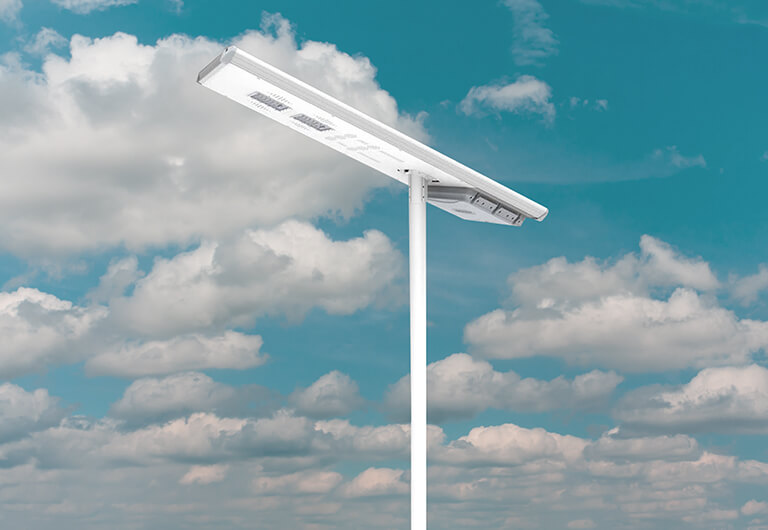Solar Street Lights are becoming more popular in developing countries. The benefits of a solar street light are undeniable. Brightening up roads electricity- free, its quick installation and easy maintenance have become catalysts for its increased popularity.
Being blessed with abundant sunlight, The Philippines has seen significant demand for solar street lights. Typical of most developing countries, local government units in the Philippines with limited financial resources have been sourcing inexpensive solar street lights for their infrastructure projects. This particular demand has flooded the Philippines with cheap solar street lights with poor quality and technical specifications.
Some clients have described their bad experiences with cheap lights they had previously bought. One client from the Visayas said the lights only illuminate their roads for 4 hours at night. Another client mentioned that their solar street lights stopped working after 1.5 years. We empathize with these customers. With poor quality issue experiences, unjustified myths on solar street lights have overshadowed the benefits of solar street lights in the Philippines.
Here are some suggestions to avoid the “cheap solar street light” trap.
BATTERY
- Make sure the battery capacity of your solar street light is sufficient to store the energy you need to illuminate the entire night. It should also have enough backup capacity to light up for 3-5 days (depending on your requirement) during cloudy and rainy days.
- Make sure you choose the correct battery type. It should be suitable to the climatic condition of your country in order to extend the life cycle of the battery and solar street light.
For the Philippines, we recommend using Life Iron Phosphate (LifeP04) batteries. It has a much higher tolerance for countries with high average temperatures helping it prolong its life cycle. It is also the safest type of Lithium battery as it will not overheat, and even if punctured, it will not catch fire. Although it is 2-3 times more expensive than VRLA (gel batteries), its life cycle, efficiency and reliability, it is clear that LiFePO4 batteries have a better value proposition.
Beware of unscrupulous manufacturers and suppliers that use old recycled batteries from EV cars. They usually last around 1 year as compared to LifeP04’s 10-15 year life duration.
SOLAR PANEL
The adage “The Bigger the Better” holds true in this situation. The bigger and wider the solar panel, the more energy it absorbs from the sun, and thus, a larger amount of energy can be stored for rainy and cloudy days. Although a wider solar panel translates into a higher cost of investment, it also increases load power configuration that is very useful when you need it the most.
LIGHT EFFICIENCY
Design and size the brightness of your solar lamps. National and provincial roads have different widths, nuances and require different pole heights and quantities to achieve your lighting objectives. A DIALux rendering is ideal to measure the lighting specification for your needs.
CASE QUALITY
Use die-cast aluminum light casings. They are lightweight, rust and corrosion-resistant. These characteristics make them durable and resistant to 200 km/h typhoon strength wind. Conduct a salt mist corrosion test for usage near the ocean. This is important for an archipelago like the Philippines.
We encourage local government units, contractors and distributors to reach out to us at +639176310032 for a free consultation. Here are some other factors to consider when buying solar street lights in the Philippines.
Let us help you plan your succeeding Solar Street Light projects.







Leave a Reply